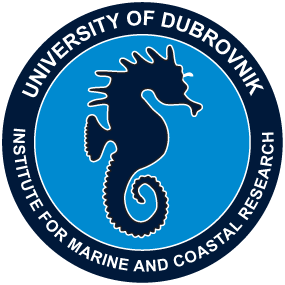


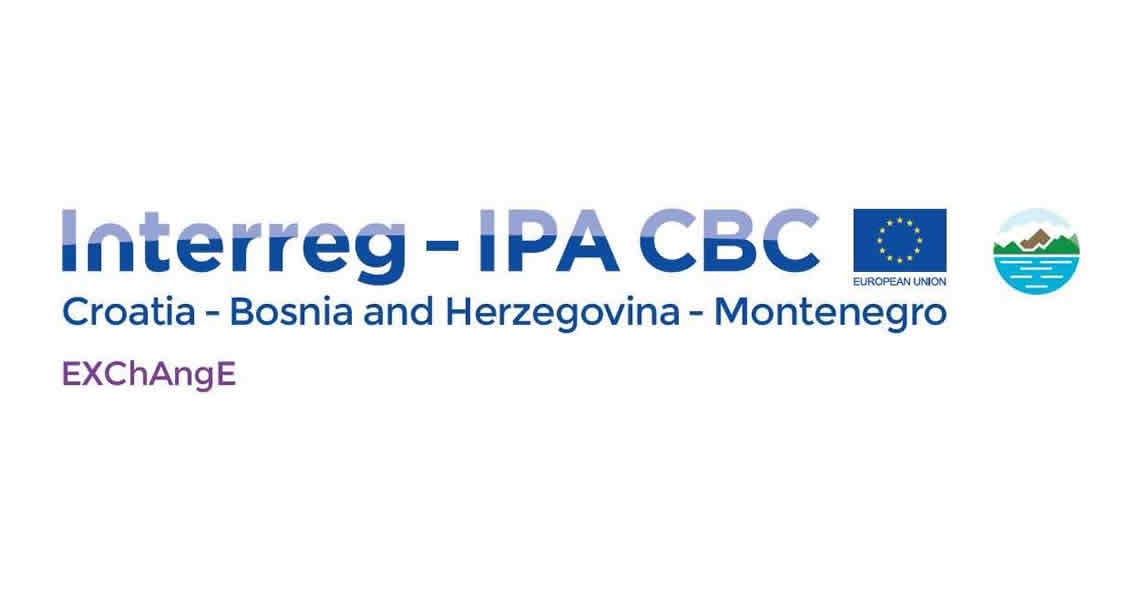
Associate Research Scientist, Assistant Professor
nenad.antolovic@unidu.hr
Senior Research Scientist
mirna.batistic@unidu.hr
Research Assistant
svjetlana.bobanovic-colic@unidu.hr
Associate Research Scientist
jaksabolotin@yahoo.com
Associate Research Scientist
igor.brautovic@unidu.hr
Znanstveni suradnik, Docent / Associate Research Scientist, Assistant Professor
ana.car@unidu.hr
Collection Curator
katija.dolina@unidu.hr
Associate Research Scientist, Assistant Professor
iris@unidu.hr
Associate Research Scientist, Assistant Professor
barbara.gangai@unidu.hr
Research Scientist
rade.garic@unidu.hr
Research Scientist
niksa.glavic@unidu.hr
Research Scientist
marijana.hure@unidu.hr
Senior Research Scientist, Professor of Faculty of Science, University of Zagreb
nenad.jasprica@unidu.hr
Senior Research Scientist
valter.kozul@unidu.hr
Senior Research Scientist, Professor
davor.lucic@unidu.hr
Research Scientist
jakica.njire@unidu.hr
Associate Research Scientist, Assistant Professor
ivona.onofri@unidu.hr
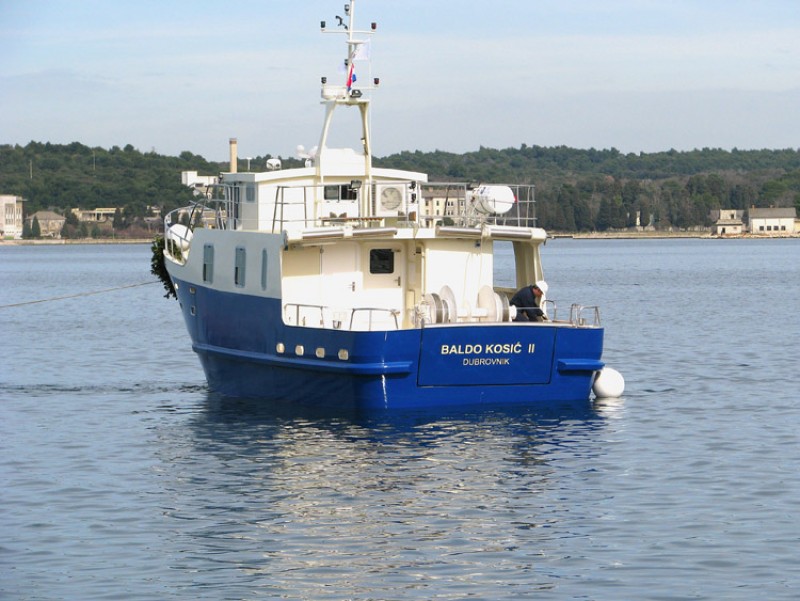
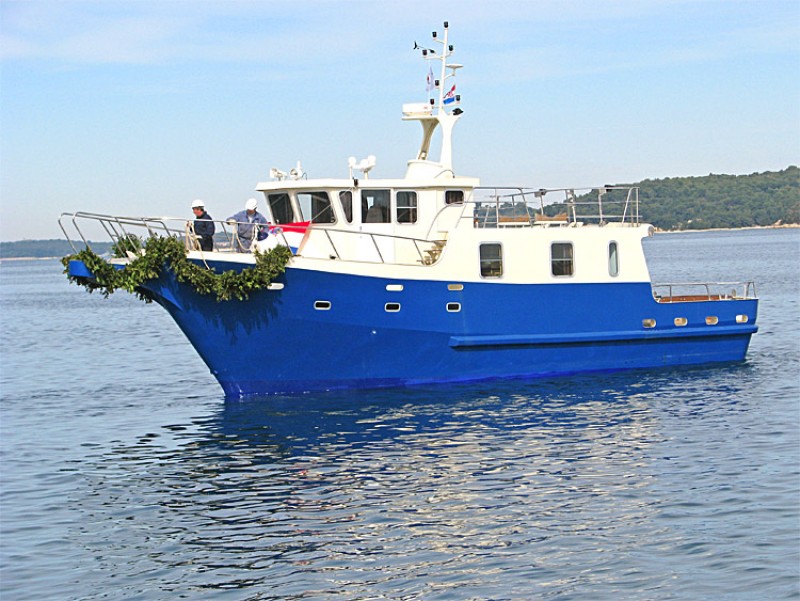
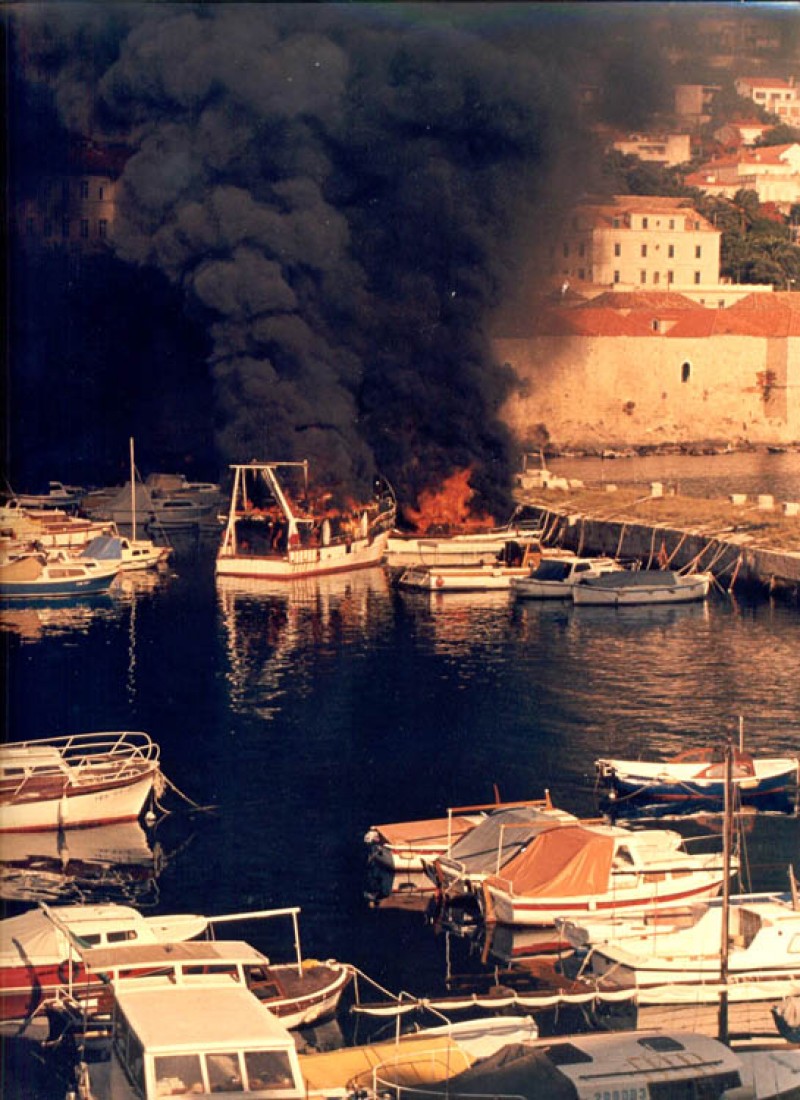
| Monday | we are closed |
| Tuesday | 10:00 am - 7:00 pm |
| Wednesday | 10:00 am - 7:00 pm |
| Thursday | 10:00 am - 7:00 pm |
| Friday | 10:00 am - 7:00 pm |
| Saturday | 10:00 am - 7:00 pm |
| Sunday | 10:00 am - 7:00 pm |
LOKRUM ISLAND covers an area of 2 hectares and is situated on the southeastern Adriatic Sea, near the city of Dubrovnik. In 1976, it was declared a natural forest reserve. Lokrum is mostly covered with thick vegetation. Many types of "true" Mediterranean vegetation (Eumediterranean) are found over a small area. According to research, there are around 400 species of vascular flora on the island. The climate is characterized by dry and hot summers, with mild, rainy winters. The annual average temperature is 16°C and precipitation is 1300 mm. There are 2,584 sunny hours per year.